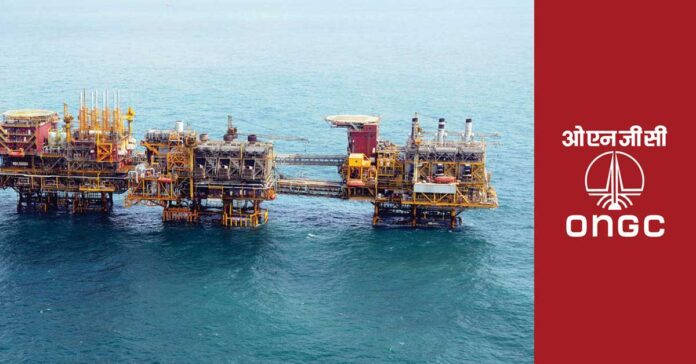ONGC (Oil and Natural Gas Company), is India’s largest crude oil and natural gas exploration company. Indian government owned till recent times. It was one of the India’s most profitable companies and it was debt-free.
The scene is completely opposite now. Subsequent governments tried to extract as much as they can from the company. But the government led by Modi almost dried the company. Now it is in debts, and running into losses. It is rumored that even ONGC will be privatized soon.
This public sector enterprise came into being in the late 1950’s and 1960’s. It is the key to India’s energy.
In the early 1990’s, the Congress regime gave away a part of the company in favour of few private businesses. It gave away 28 prime oil and gas fields that were discovered and developed by ONGC at throw away prices.
The Indian government forced ONGC to take a loan of $450 million from the world bank. The loan had the conditions that oil fields discovered by ONGC would be developed as joint ventures with the foreign capital.
In spite of all these, ONGC remained among the top cash-rich companies of India, contributing around 70% to India’s domestic production.
Reserves are Exhausted
However, after the BJP-led Government continued to suck out all the profits out of it. It suck cash in inventive ways and exhausted the accumulated cash reserves. Now it is under a mountain of debt, because of the unnecessary interference of the BJP government.
Further more, the oil ministry pushed ONGC to sell 60% of its stake to private companies. Fortunately, the attempt became unsuccessful owing to strong opposition from the state rum company.
Though ONGC has a history of one of the most profitable companies, we can understand the story of its downfall during these four years through its financial statements.
The financial say that ONGC’s cash levels in March 2018 were at their lowest. Since March 2001,the financials dropped by more than 90% in one year from financial year 2017 to financial year 2018.
In the first year after Modi came to power in mid-2014, there was a fall of around 74% in the cash levels. It should be noted that this is the same year when ONGC was overtaken by Mukesh Ambani’s Reliance Industries as India’s most profitable company.
Unfortunately, ONGC slipped to the third position. It consolidated a net profit of Rs 18,334 crore that year.
Though there was recovery in the cash levels in 2015-’16 and 2016-’17. However, from 2016-’17 to 2017-’18, the company’s cash levels dropped steeply, by 92%.
ONGC Dividend payouts
The company has been among the highest dividend-paying public-sector companies. On the other hand, the government has been treating it as a cash cow. The government extracted extra or special dividends from the company regularly.
Furthermore, ONGC and other state-owned oil companies, such as Oil India Limited, were instructed to share the fuel subsidy burden. Since the government refused to pay the entire subsidy, ONGC had to pay for fuel subsidy. Obviously this was one of the reasons for the cut into the profitability of the company.
Two most destructive moves
The two most destructive moves by the Modi government is firstly, to get ONGC to bail out the debt-ridden Gujarat State Petroleum Corporation. Secondly, to buy the central government’s stake in the Hindustan Petroleum Corporation Limited.
Bailing out GSPC
ONGC was forced to acquire 80% stake of the Gujarat State Petroleum Corporation, in August 2017. GSPC is owned by the Gujarat government. It was in a gas block of the Krishna Godavari basin, off shore in Bay of Bengal, for nearly Rs 8,000 crore.
ONGC paid off around Rs 7,480 crore in 2017-’18. However, the Gujarat State Petroleum Corporation has debt of Rs 19,576 crore. They pay an interest of Rs 1,804.06 crore per year.
Buying HPCL after taking debt
In fact, ONGC was forced to buy the Hindustan Petroleum stake for Rs 36,915 crore, at a price that was 14% higher than the market rate. This deal pushed ONGC into high debt and compelled to borrow Rs 35,000 crore.
Union in Gujarat writes to Modi
Meanwhile, the ONGC Employees’ Mazdoor Sabha in Gujarat wrote a letter to Modi. In the letter they raised the issues of the Gujarat State Petroleum Corporation and Hindustan Petroleum deals. The letter also stated that “constant interference” by the government had turned ONGC from a “cash rich company to a high debt company”. ONGC officials have also requested the government to exempt the company from the share buyback plan.
The ONGC Employees gave a notice of three months for the Modi government. They clearly told to stop interfering in ONGC’s decision-making. The union in its letter has warned of “resorting to any direct action, as deemed fit, by the Confederation of Trade Unions in ONGC, without giving any further notice.”
ALSO READ: Why petrol, diesel prices are on the rise in India


